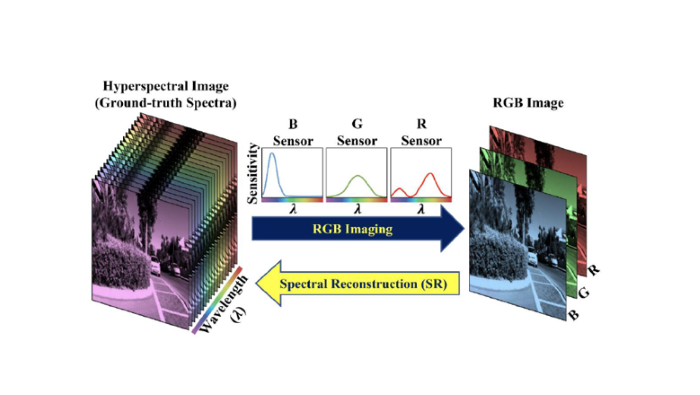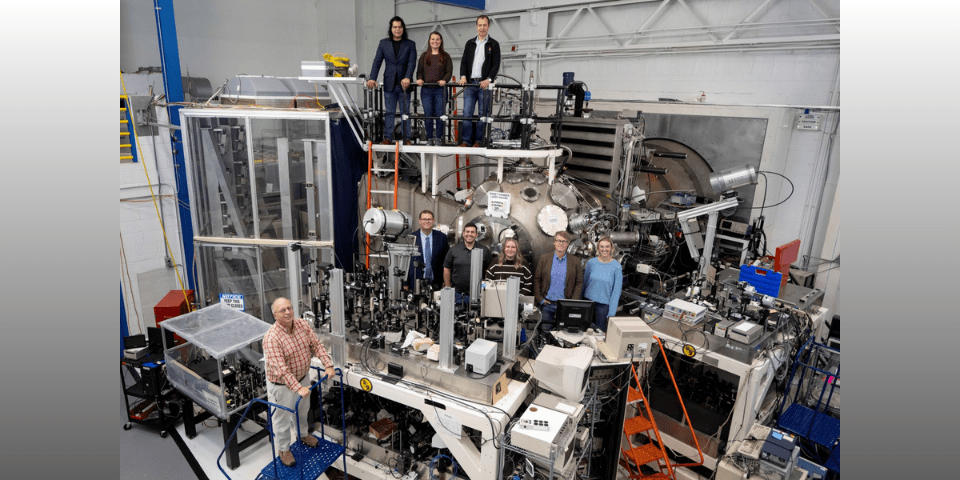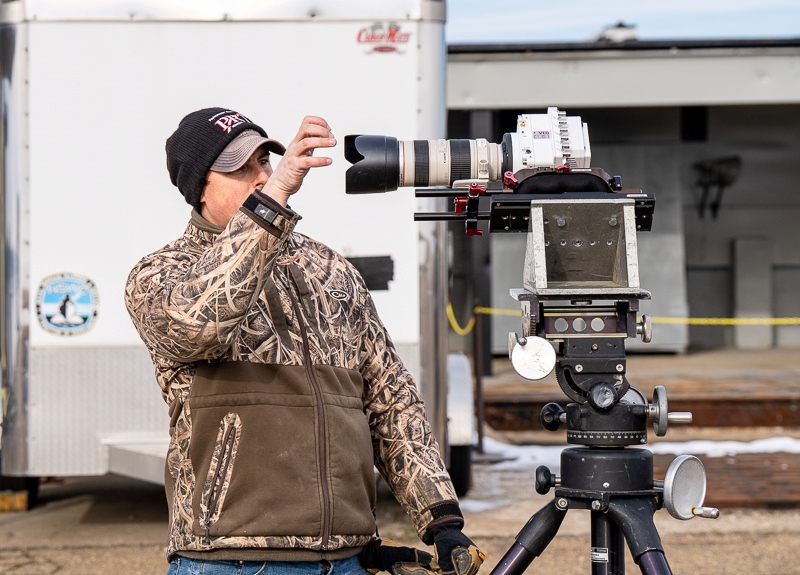Receive a digest of the latest in defense systems straight to your inbox
Technical Research and Analysis Services
The Defense Systems Information Analysis Center (DSIAC) is a component of the U.S. Department of Defense’s (DoD's) Information Analysis Center (IAC) enterprise.
Technical Focus Areas
What We Do
As a DoDIAC, we provide a number of resources and services to help you in your research and provide you with focused expert assistance and unbiased scientific and technical information.
Stay up to date with our Digest
Recent Inquiries
What is the current state of the digital-engineering (DE) tool landscape, with a focus on application to the U.S. Department of Defense (DoD)?
What is the current state of the digital-engineering (DE) tool landscape, with a focus on application to the U.S. Department of Defense (DoD)?
At the conclusion of a development campaign for a new solid propellant, should rocket motors be loaded and tested from the first-production scale mix?
At the conclusion of a development campaign for a new solid propellant, should rocket motors be loaded and tested from the first-production scale mix?
Can infrared (IR) hyperspectral imagery be acquired from IR multispectral sensors?
Can infrared (IR) hyperspectral imagery be acquired from IR multispectral sensors?
Articles
U.S. Naval Research Laboratory’s NIKE Laser-Target Facility Helps to Advance Department of Defense Nuclear Mission
WASHINGTON, D.C. – The U.S. Naval Research Laboratory (NRL) has announced a new strategic direction for its NIKE laser-target facility to align its world-class capabilities with the U.S. Department of Defense’s (DoD) nuclear strategic priorities….
Capturing the Unseen: The Role of High-Speed Cameras in Weapon Advancements
DAHLGREN, Va. – The spin rate and velocity of a projectile shot from a five-inch gun are so fast only a camera capturing 75,000 frames per second can freeze it mid-flight. At this speed, unseen…
Supporting Safer Skies: ANSI Unmanned Aircraft Systems Standardization Collaborative Releases May 2025 Gaps Progress Report
To facilitate the safe integration of unmanned aircraft systems (UAS) into the national airspace system, the American National Standards Institute (ANSI) announced the availability of the May 2025 Gaps Progress Report, a vital document capturing…
Ready to submit a technical inquiry?
Receive free information research on technical topics







